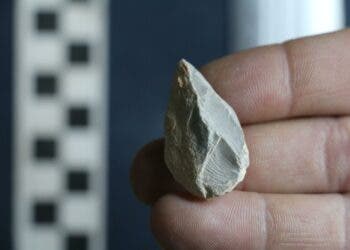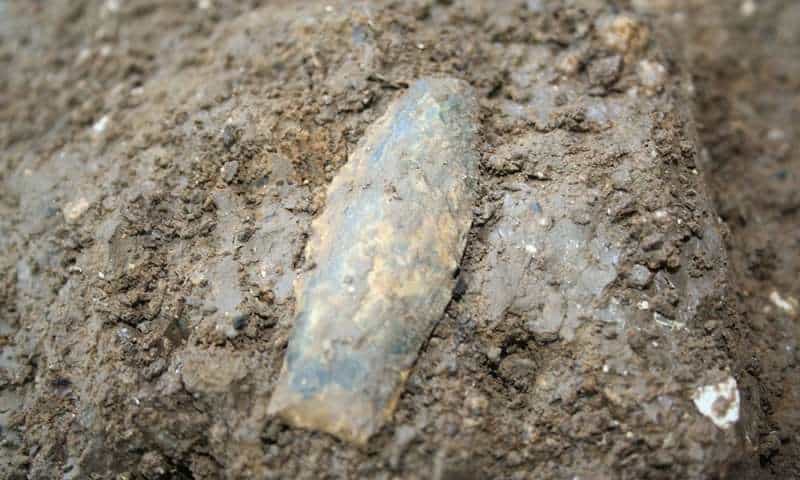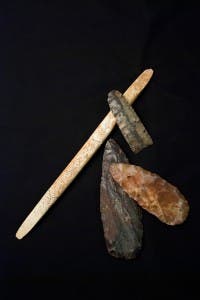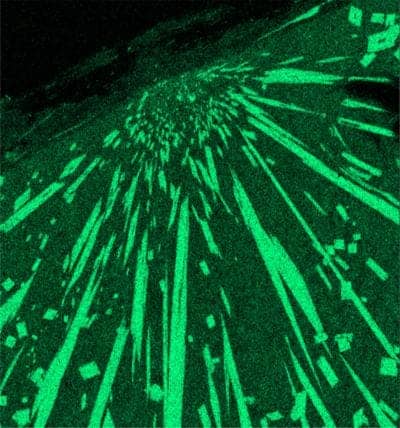Scientists from U.S., Britain and Denmark have recently reported in a new study that conclusive evidence, in the form of stone tools and human DNA, attests the presence of a second stone age culture in North America, separate from the Clovis culture, the earliest human society discovered and confirmed thus far.
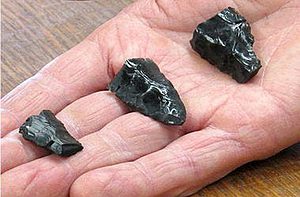
The findings were made in Paisley Caves, on the east side of the Cascade Range, near the town of Paisley a few years ago, but only after extensive analysis and scrutiny could the researchers make this pertinent conclusion. One that significantly changes anthropologists’ view of North American stone age civilization dispersion and human migration patterns in the continent. According to the scientists, the two cultures, Paisley and Clovis, the latter of which is named after the town of Clovis, Mexico where the first findings were made at the time, shared the continent more than 13,000 years ago.
The Clovis culture found in the southeast and interior U.S employed elegantly chipped stone points, whose bases are distinctly concave where they were tied to the wooden shafts of spears or throwing darts for hunting. At Paisley, archaeologists found narrow-stemmed spear points shaped by different flaking techniques – very much dissimilar to those found in Clovis, from roughly the same period. The researchers suggest that two groups coexisted independently on the continent.
“These two distinct technologies were parallel developments, not the product of a unilinear technological evolution,” the research team, led by Dennis L. Jenkins of the University of Oregon, concluded in the report. “The colonization of the Americas involved multiple technologically divergent, and possibly genetically divergent, founding groups.”
Until now, most western stemmed projectiles with accurate dating have been younger than Clovis artifacts, leading to theories the two technologies evolved from a single source. These latest findings seem to point towards an opposite direction.
Besides the stone points, the scientists involved in the study also studied the DNA found in coprolites, or dried feces, found in the cave, which pointed to Siberian-East Asian origins of the people.
“We seem to have two different traditions coexisting in the United States that did not blend for a period of hundreds of years,” Dr. Jenkins said.
DNA cannot be directly dated with radiocarbon technology, however the researchers instead used the fibers from the coprolites, residue of the food the cave dwellers had eaten, to date them. Any contaminating carbon was washed out of the coprolites with distilled water. In the end, the scientists found that some coprolite samples, along with one of the Western Stemmed points, was dated to 13,000 to 13,200 years ago. So far, the researchers have extracted only mitochondrial DNA, which is inherited from the mother, but this “definitely suggests,” he said, that these people were from Asia and could be related to today’s Native Americans.
“We are trying to retrieve nuclear DNA from the site,” he added, which should provide more precise information about who are the “closest contemporary people” associated with the cave dwellers.
The findings were reported in the journal Science.
source: NY TIMES
